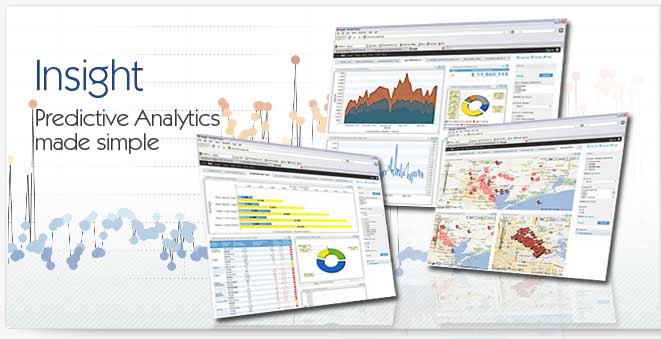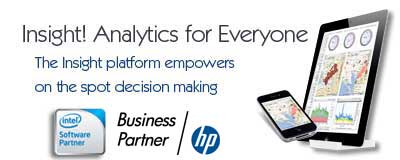What is Dashboard Reporting
Dashboard reporting is a fairly generic term that can encompass a great deal of possible variations. The most widely used definition of dashboard reporting involves the creation and publishing of business reports in the forms of charts, graphs and other forms of data visualizations through a dashboard-style aggregation of reports, often specific for each user in the company. Through dashboard reporting companies can put the power of data analysis in the hands of the business users, giving the organization power and flexibility in using its own data to make decision.
Forms of Dashboard Reporting
There are a number of forms of dashboard reporting. Traditional dashboard reporting can include reports created with spreadsheet tools like Excel or report-specific software like Crystal Reports. A more modern definition of dashboard reporting, however, involves the use of business intelligence tools from companies like EMANIO, Cognos and Business Objects, to create groups of reports and charts that are published to users throughout the organization.
Dashboard Reporting and Business Intelligence
The relationship between dashboard reporting and business intelligence is one that goes back to the very early days of dashboard reporting. Business intelligence platforms are at the core of what most users today consider dashboard reporting. Through business intelligence platforms companies can establish dashboard reporting for a broad spectrum of users and user types focused on providing the key information required based on each individual's needs. Business intelligence systems power the dashboard reporting capabilities of companies both at the enterprise and sub-enterprise levels.
Making the Move to Dashboard Reporting
As an organization if you have not used dashboard reporting before the transition from traditional "ad hoc" reporting as its known can be daunting. The main concept behind dashboard reporting is that the once created the reports will be updated on an automated schedule, or even in real-time, in order to provide users with the most up to date information available. Before moving therefore from traditional reporting to dashboard reporting it's critical for any company to perform a deep analysis of its data needs as well as the requirements each manager or executive is going to have in order to create the best feasible dashboard reporting.
Ad Hoc Dashboard Reporting
As with many discussions in the computer industry, what is old eventually becomes new again. Although at one time ad-hoc reporting was the only type of reporting available, with the advent of dashboard reporting the term "ad-hoc" has been making a bit of a comeback. The idea is that although executives and decisions makers can benefit greatly from dashboard reporting, there are many instances when no dashboard reporting is going to have the precise answers or analysis an executive or manager needs at that point in time. Because of this reason more and more BI suites have begun to add optional "ad hoc reporting" capabilities to their dashboard reporting platforms.
|



